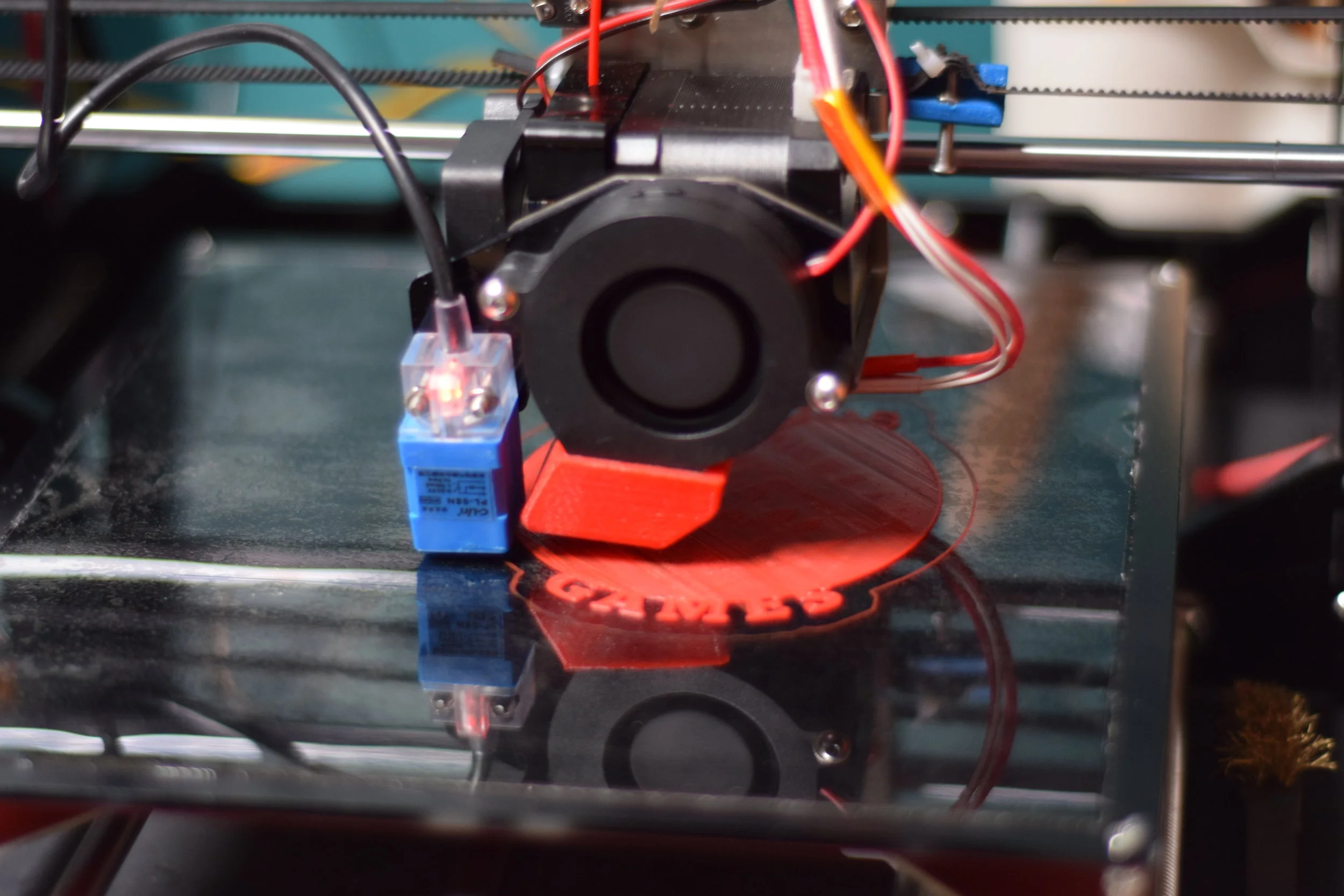Sustainability in Additive Manufacturing
/Additive manufacturing is a revolutionary tool that has the potential to help address some of the world's biggest sustainability challenges. By enabling the production of complex geometries and customized parts with minimal waste, 3D printing can be a game-changer for sustainability.
One way 3D printing promotes sustainability is by reducing material usage. Traditional manufacturing methods often result in a lot of waste, with large amounts of material being discarded during the production process. With 3D printing, however, the materials are used more efficiently, resulting in less waste.
Another way 3D printing can help the environment is through the use of recycled materials. Many 3D printing filaments and powders can be made from recycled plastics or metals, reducing the amount of waste generated during the manufacturing process and supporting a circular economy.
In addition, 3D printing allows for design optimization, which can lead to lighter, more efficient parts. This can reduce material usage and energy consumption during both manufacturing and usage, resulting in a smaller environmental footprint.
Furthermore, 3D printing enables localized production, which can reduce transportation emissions and promote more sustainable supply chains. Products can be produced on demand in local factories or even in customers' homes, reducing the environmental impact of transportation.
Finally, 3D printing also facilitates product repair and upgrade, which can extend the lifespan of products and reduce the amount of waste generated by consumer products.
In conclusion, 3D printing is a powerful tool that can be leveraged to help the environment. By reducing material usage, using recycled materials, enabling design optimization, promoting localized production, and facilitating product repair and upgrade, 3D printing can help us move towards a more sustainable future.

